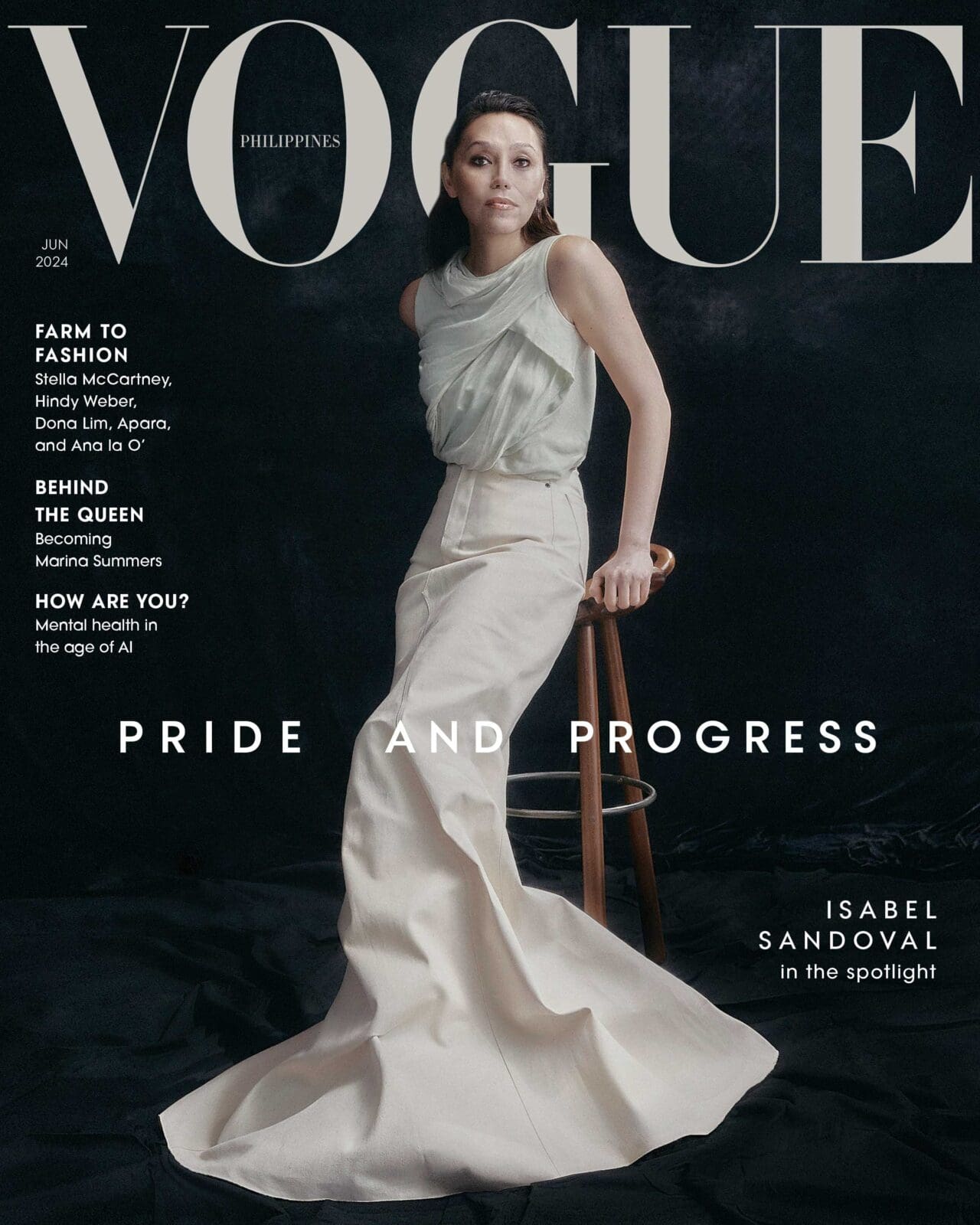Ms. Philippines, with the name calligraphed on the sash over their shoulders, gazes over their audience in a pageant. It is a gaze with soft eyes, set on a strong set of shoulders, while wearing a bejeweled gown and a stack of beaded necklaces.
There is unmistakable joy welling up in their eyes, as they face their crowning moment. This is one of the scenes that struck artist Ginoe after discovering a stack of vintage photographs that showed people in what we today would describe as drag . These were personal portraits, pageants snaps, and other social events from the collection of photo archivist John Silva at the Ortigas Foundation Library.

The identities of the people in the photos are unknown, and some of the pictures are unmarked. The only clues left are stamps and notes on the reverse side of the mementos, dating back as far as the 1950s. Stories about the lives of people with diverse gender identities and expressions life had been hidden throughout history, mainly due to societal laws and prejudice.
Most narratives express the community’s challenges and struggles—the common experiences of their past. Silva says that a hundred years ago, affectionate photographs between people of the same sex were rare, restrained, measured or in most cases, completely avoided. So, when Ginoe shared the vintage photos on social media, it was quickly picked up by many to their surprise.
“I feel like it’s the first time Filipino people and diasporic Filipinos saw ancestors photogra.
















